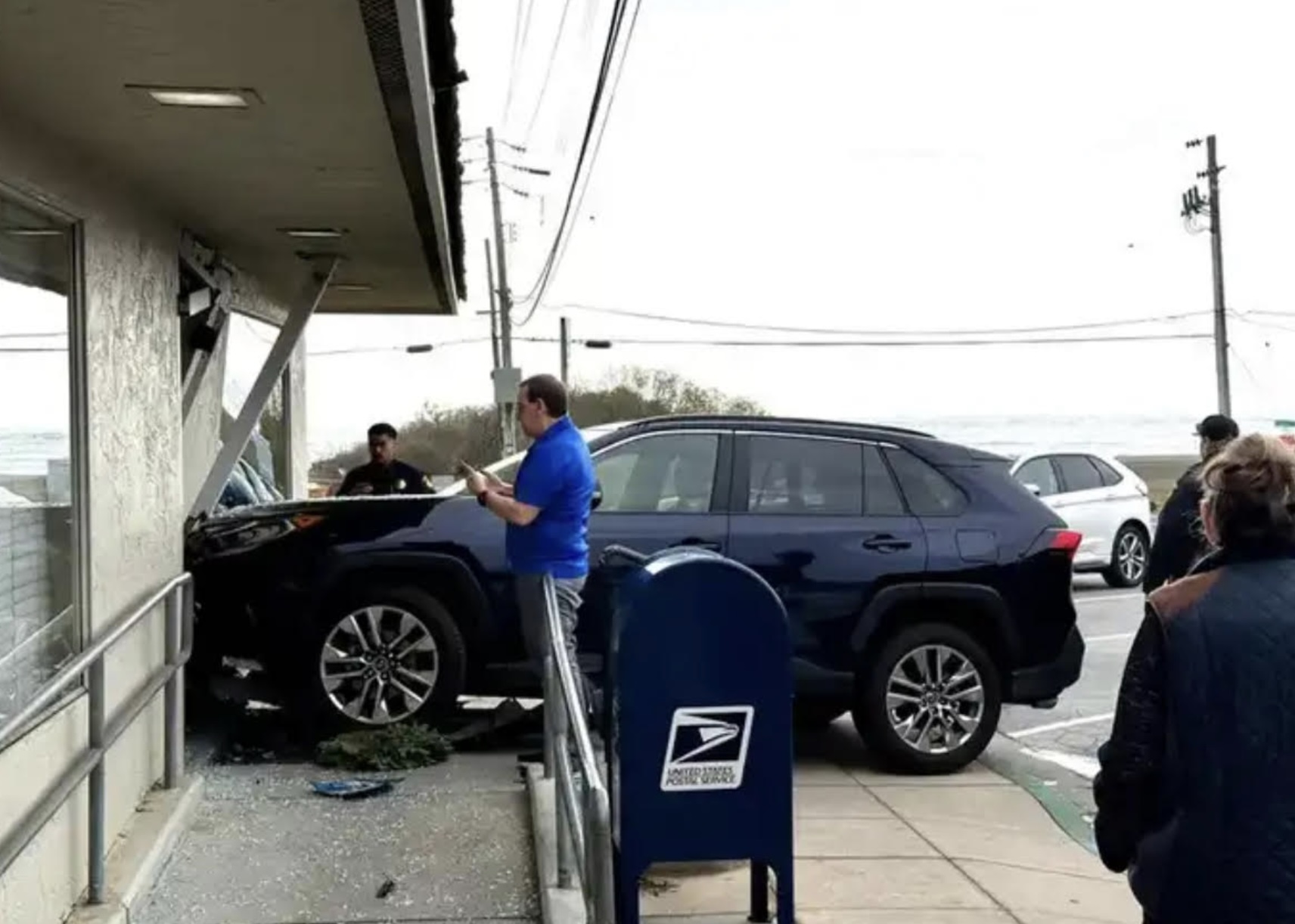|
Getting your Trinity Audio player ready...
|
OWN VOICE. ~ InPerspective by Bruce Laird
Footnotes: to use, click the bracketed number and then click your browser Back button to return to the text where you were reading.
Images: most will enlarge for improved readability in a new window when you click on them.
Classical herd immunity
It is thought that the term “herd immunity” was first coined by researchers at the University of Manchester, who were studying the spread of bacterial infections in populations of mice. They used the term in a published paper in 1923.[1]
The term was revived and became more common in the mid
1900s, in the context of public vaccination programs, where it was used to explain the positive benefit to society of large scale immunizations. It is well known that when a large enough fraction of a population is immunized against a pathogen (either by vaccination or prior infection) the remaining susceptible people who are not immunized are afforded indirect protection. When this high level of immunity (typically greater than 70%) is reached in a population, the rate of spread is greatly reduced. This is because when the proportion of immune individuals is large enough, the probability that vulnerable individuals will come into contact with an infectious individual becomes small.
Important details:
– The infections and transmissions do not drop suddenly to zero when herd immunity is reached. The infections continue, but at a declining rate, until all transmission chains are broken, ending the epidemic.
– Health officials use the terminology that the whole community is “protected.” What they mean by that is, large outbreaks and spikes in cases have become rare.
– Susceptible people who can’t be vaccinated (newborns and the immune-compromised) can still get infected, just with lower probability, and with less chance of further spread.
– The fraction of the population that has to reach direct immunity to confer this indirect protection depends on how contagious the disease is.
– Contagiousness is usually expressed by the reproduction number, R0. As a reminder, R0 (“R-nought”) is defined as the average number of secondary infections caused by an infected person during the early stage of an outbreak in a fully susceptible population.
Classical herd immunity by the numbers
As noted, the more contagious diseases require that a larger fraction of the population reach immunity to stop the spread. The measles virus is a good example. Compared to the SARS-CoV-2 virus, which is believed to have an R0 of between 2 and 3, measles has an R0 of between 10 and 16, making it one of the most highly contagious human viruses. As a result, more than 90% of a community must reach immunity in order to suppress a measles outbreak. See: Paul Fine, Ken Eames, and David L. Heyman,” ‘Herd Immunity’: A Rough Guide.” Clinical Infectious Diseases, Volume 52, Issue 7, 1 April 2011.
https://academic.oup.com/cid/article/52/7/911/299077
This paper recaps findings about herd immunity from various scientific papers. Classical findings in papers from the 1960s and 1970s were often based on an assumption of homogeneous mixing. Homogeneous mixing means that members of the community mix and interact with each other at random, and that each infectious person infects R0 susceptible people. Under these conditions, it can be shown that the incidence of new infections declines when the percentage of immune persons in the population rises to exceed a critical threshold. This “herd immunity threshold,” denoted HIT, is simply related to R0 by the formula: HIT = (R0-1)/R0.
For example, for the measles virus (assuming R0 = 15), HIT = (15 – 1)/15 = 0.933 (93.3%).
For the SARS-CoV-2 virus (assuming R0 = 2.5), HIT = (2.5 – 1)/2.5 = 0.60 (60%).
This is the reason why the figure of 60% is often quoted in the media, as the percentage of the population that must become immunized to reach herd immunity against SARS-CoV-2. The good news is that this is a much lower threshold than measles. Here is a graph from the Fine et al paper that shows the relationship between R0 and herd immunity for several different viruses.
Vaccination by the numbers
Suppose that a vaccination program is used to increase the percentage of immune members of the population, and that a fraction v of the population is vaccinated, using a vaccine that is 100% effective. If those being vaccinated are distributed uniformly in the community (a big if), then the ability of the virus to spread is reduced, resulting in a new, lower effective reproduction number, Rv, which is given by: Rv = (1-v)*R0.
As we know, when the reproduction number falls below 1 and remains there, the epidemic is stopped. So vaccination programs aim to vaccinate enough susceptible people so that Rv < 1. To obtain the critical threshold, Rv = 1, we have to vaccinate at least a critical fraction of the population, vc = HIT = (R0-1)/R0.
Imperfect vaccines
What if the vaccine is not perfect? Suppose it works for a percentage E of those who receive it (E = 1 corresponding to 100% efficacy). Then the critical vaccination percentage is given by:
vc = [(R0-1)/R0]/E
From this we note that if the efficacy E is mathematically equal to the ratio (R0-1)/R0, we have to vaccinate 100% of the susceptible population to reach herd immunity. If the efficacy is less than that value, it is probably impossible to eliminate the outbreak, even by vaccinating everyone.
As an example, the seasonal flu viruses typically have R0 values around 2. If the flu vaccine were 100% effective, we would need to vaccinate at least: vc =(2-1)/2 = 0.5 (50%) of the population, to avoid an outbreak. But because these flu viruses mutate so rapidly, the efficacy of the vaccines – which must be produced in advance each year – is considerably less than 100%. See: “CDC Seasonal Flu Vaccine Effectiveness Studies.” https://www.cdc.gov/flu/vaccines-work/effectiveness-studies.htm#anchor_1554754800383
The CDC’s estimates for vaccine efficacy in the last two flu seasons range from 21%-45%. It has been better than that in earlier years; but let’s assume the upper end of the recent range, 45% efficacy. In that event, to reach herd immunity we have to vaccinate:
vc = [(2 – 1)/2]/(0.45) = (0.5)/(0.45) = 1.11 (111% of the population).
In other words, when vaccine efficacy is less than 50%, we have to vaccinate more than 100% of the population, a physical impossibility – or, maybe we have to vaccinate a percentage of people multiple times to get the effective E high enough. The unfortunately low efficacy of flu vaccines in recent years, coupled with lack of uptake in the general population, explains why the flu virus reaches epidemic proportions nearly every season, even when many people do get vaccinated.
Important: people in more vulnerable segments of the population should not be discouraged by this, but should still get vaccinated, even if the odds of direct protection from the vaccine are less than 50%. And even if there is no chance of indirect protection by getting the overall population to herd immunity. A 30% chance of direct protection is better than no chance!
What about the SARS-CoV-2 vaccination program?
It’s too early to know the effectiveness of the various candidate vaccines now under development; but we should not have unrealistic expectations that they will be 100% effective. Dr. Anthony Fauci certainly doesn’t expect that. He was asked about it in an interview with Elizabeth Cohen on CNN on 28 Jun 2020.
https://www.cnn.com/2020/06/28/health/fauci-coronavirus-vaccine-contact-tracing-aspen/index.html
Dr. Fauci said, “I doubt seriously that any [coronavirus] vaccine will ever be 100% effective. The best we’ve ever done is measles, which is 97 to 98 percent effective. It would be wonderful if we could get there – I don’t think we will. I would settle for a 70 to 75 percent protective vaccine. Because that would bring you to that level that would be herd immunity level.”
Let’s go with the high end of Dr. Fauci’s hoped-for range, and assume that these vaccines turn out to be 75% effective (E = 0.75). Then according to the classical formula, to reach herd immunity we would need to vaccinate a proportion of the population:
vc = [(2.5 – 1)/2.5] / (0.75) = (0.6)/(0.75) = 0.8 (80% of the population).
This will be a lot more challenging than the often mentioned 60% goal. Especially when you listen to the rest of the CNN interview:
Elizabeth Cohen: “A CNN poll and other polls have shown that about a third of Americans are not going to get the vaccine. They say they’re not going to get it even if it’s free and easy to get. If only say 70, 75 percent of Americans are willing to get the vaccine; and it’s only 70 to 75 percent effective, is that going to get us to herd immunity?”
Dr. Fauci: “No – unlikely. And that’s one of the reasons why we have to make sure we engage the community as we’re doing now. To get community people to help us, for people to understand that we’re doing everything we can to show that it’s safe and that it’s effective. And it’s for the good of them as individuals; and, [for] society to take the vaccine. So we have a lot of work to do, because as you well know, there is a general anti-science, anti-authority, anti-vaccine feeling among some people in this country. An alarmingly large percentage of people, relatively speaking.”
To summarize, the vaccines are not going to offer 100% direct protection. And if they do not, the anti-vaxers and free riders in America could very well prevent us from reaching herd immunity levels in the general population – assuming the classical formulas apply.
Modern herd immunity studies
Fortunately the current scientific understanding of herd immunity offers better news than the classical formulas suggest. In recent decades, the science of modeling and predicting herd immunity has become much more sophisticated and accurate. The artificial assumptions of a homogeneous population with random mixing that underlie the classical formulas are no longer used. These days, the models involve more realistic assumptions, including heterogeneous populations and mixing; age stratified sub-populations; and non-random vaccinations (selective uptake), to name a few. Here’s a quick look at some of the heterogeneity considerations.
One important source of heterogeneity is the fact that the population is not mixing randomly. There is clearly stratification by age seen in different settings, including schools and LTCFs. And people tend to associate more with co-workers, friends and neighbors, while having much less significant contact with strangers (except in bars and crowds, but we’re not doing those, right?) Some of these effects have been modeled in two recent papers. The first paper is: Tom Britton et al, “A mathematical model reveals the influence of population heterogeneity on herd immunity to SARS-CoV-2.” Science, 23 Jun 2020.
https://science.sciencemag.org/content/early/2020/06/22/science.abc6810
From that paper:
“Population heterogeneity can significantly impact disease-induced immunity. We estimate that if R0 = 2.5 in an age-structured community with mixing rates fitted to social activity then the disease-induced herd immunity level can be around 43%, which is substantially less than the classical herd immunity level of 60% obtained through homogeneous immunization of the population. Our estimates should be interpreted as an illustration of how population heterogeneity affects herd immunity, rather than an exact value or even a best estimate.”
Also see:
M. Gabriella M. Gomes et al, “Individual variation in susceptibility or exposure to SARS-CoV-2 lowers the herd immunity threshold.” medRxiv, 21 May 2020.
https://www.medrxiv.org/content/10.1101/2020.04.27.20081893v3#disqus_thread
Heterogeneous spreading – Superspreading Events revisited
An important example of heterogeneity is the spread of infection by so-called superspreaders and superspreader events (SSEs). SSEs are situations where one individual manages to infect many times more people than the R0 value for the virus. There is evidence that superspreading individuals are less than 10% of those infected, yet they account for more than 80% of all secondary infections. Conversely most infected individuals do not contribute to the expansion of the epidemic because they have a personal R0 of zero, so don’t cause any secondary infections at all. For more on this, see: Kai Kupferschmidt, “Why do some COVID-19 patients infect many others, whereas most don’t spread the virus at all?” Science, 19 May 2020.
https://www.sciencemag.org/news/2020/05/why-do-some-covid-19-patients-infect-many-others-whereas-most-don-t-spread-virus-all
The significance of this is that if we adopt policies that control and limit the chances for SSEs, as Japan has done, the effective R0 will drop drastically – without having to damage large parts of the economy. And when R0 drops, so does the fraction of those that need to attain direct immunity, which in turn allows the whole population to reach herd immunity more easily.
Summarizing, heterogeneity is good news in this pandemic. Math models in the above two papers suggest that rather than the 60%-75% threshold from the classical vaccination formula, the coronavirus herd immunity threshold may be as low as 43% (Britton, et al); or even as low as 20% (Gomes, et al).
The herd’s behavior determines effective herd immunity
In case you skipped the math model papers, here is a good overview article about the latest thinking on herd immunity, with quotes from the authors Gabriella Gomes and Tom Britton, as well as other experts like Marc Lipsich: James Hamblin, “A New Understanding of Herd Immunity.” The Atlantic, 13 Jul 2020.
https://www.theatlantic.com/health/archive/2020/07/herd-immunity-coronavirus/614035/?utm_source=newsletter&utm_medium=email&utm_campaign=atlantic-daily-newsletter&utm_content=20200713&silverid-ref=NjU1MTYwNDQyNzIyS0
From the article:
“When a virus is spreading in the real world, the complexities of real life take over. People are exposed to different amounts of the virus, in different contexts, via different routes. A virus that is new to the species creates more variety in immune responses. Some of us are more susceptible to being infected, and some are more likely to transmit the virus once infected. Even small differences in individual susceptibility and transmission can lead to very different outcomes as the effects compound over time, on the scale of a pandemic.”
“Kate Langwig, a professor at Virginia Tech is not comfortable with the idea of a single number [for herd immunity] at all. What’s important to her is that people are not misled by the idea of herd immunity. In the context of vaccination, herd-immunity thresholds are relatively fixed and predictable. In the context of an ongoing pandemic, thinking of this threshold as some static concept can be dangerously misleading.”
“The threshold can change based on how a virus spreads. The spread keeps on changing based on how we react to it at every stage, and the effects compound. Small preventive measures have big downstream effects. In other words, the herd in question determines its immunity. There is no mystery in how to drop the R0 to below 1 and reach an effective herd immunity: masks, social distancing, hand-washing, and everything everyone is tired of hearing about.”
“‘Switzerland or Germany could remain near where they are in terms of cases, meaning not very many larger outbreaks, until there’s a vaccine,’ [said Prof. Lipsitch, of Harvard]. ‘They seem to have the will and systems in place to keep their economies closed enough to maintain their current equilibrium.’”
“Even in the U.S., it’s not too late to create a world in which you are not likely to get the coronavirus. But, judging by the decisions U.S. leaders have made so far, it seems that few places in the country will choose to live this way. Many cities and states will push backwards into an old way of life, where the herd-immunity threshold is high. Dangerous decisions will be amplified by the dynamic systems of society.”
Conclusion
We have the power to lower the effective herd immunity threshold in our communities, even as we wait for a vaccine that is not going to be 100% effective. But it will not need to be, if we all do our part. The question is, do we have the collective will to do the necessary things to get us all there?
Stay safe, and please continue to do all the things you are tired of hearing about. – BGL
Introduction of the Herd Immunity Concept:
W.W.C. Topley and W. Wilson, “The Spread of Bacterial Infection. The Problem of Herd-Immunity.” Journal of Hygiene, May 1923.
More From Gregg Dieguez ~ “InPerspective”

Mr. Dieguez is a semi-successful, semi-retired MIT entrepreneur who causes occasional controversy on the Coastside, and is now a candidate for the MCC. He lives in Montara. He loves to respond to comments. Mr. Laird is another semi-successful, semi-retired MIT entrepreneur but with more degrees, living in Los Altos. They roomed and caused trouble together back in the day.







This is great info! Thank you…
Important explanation!